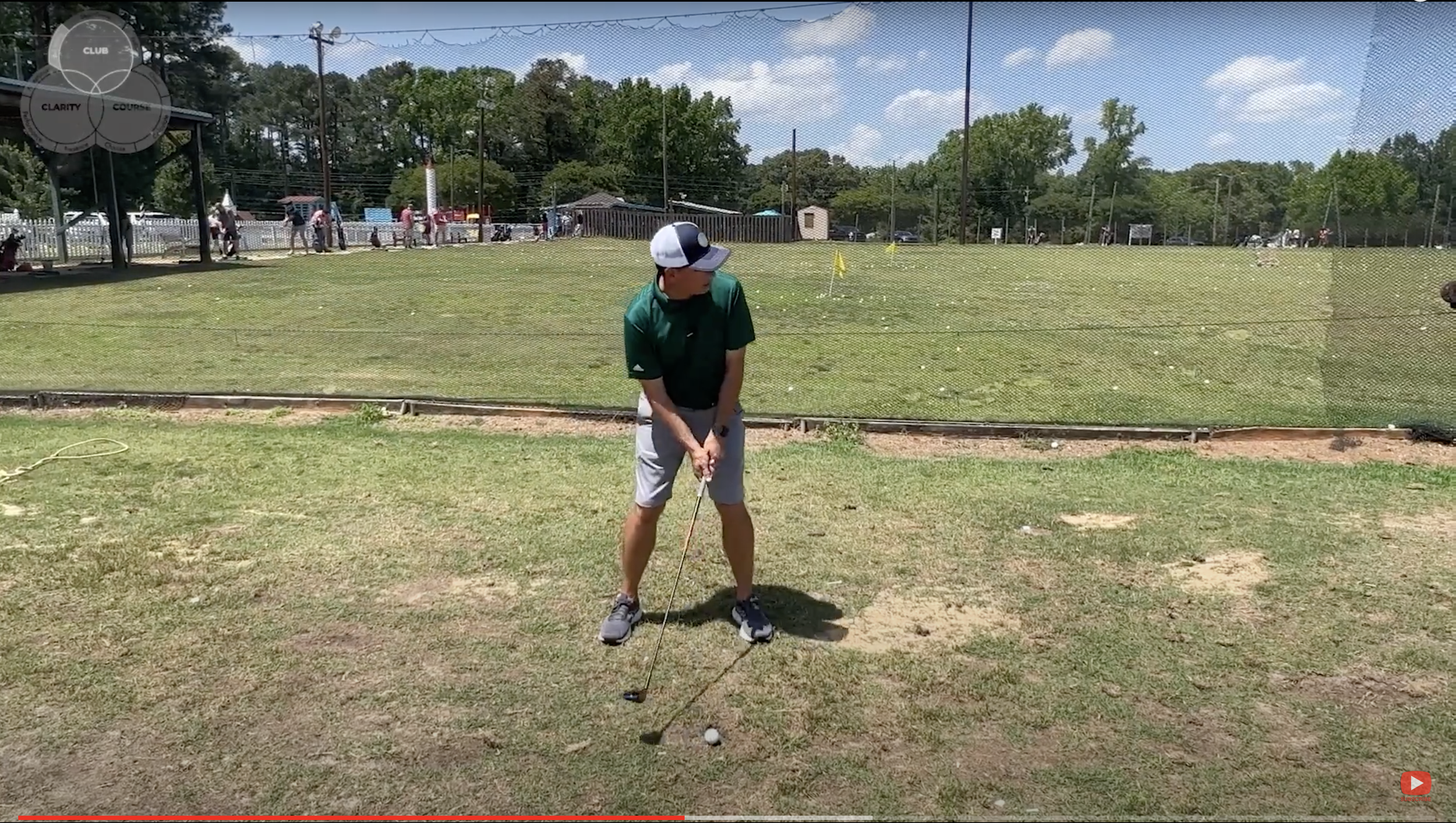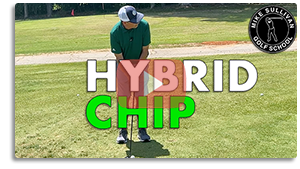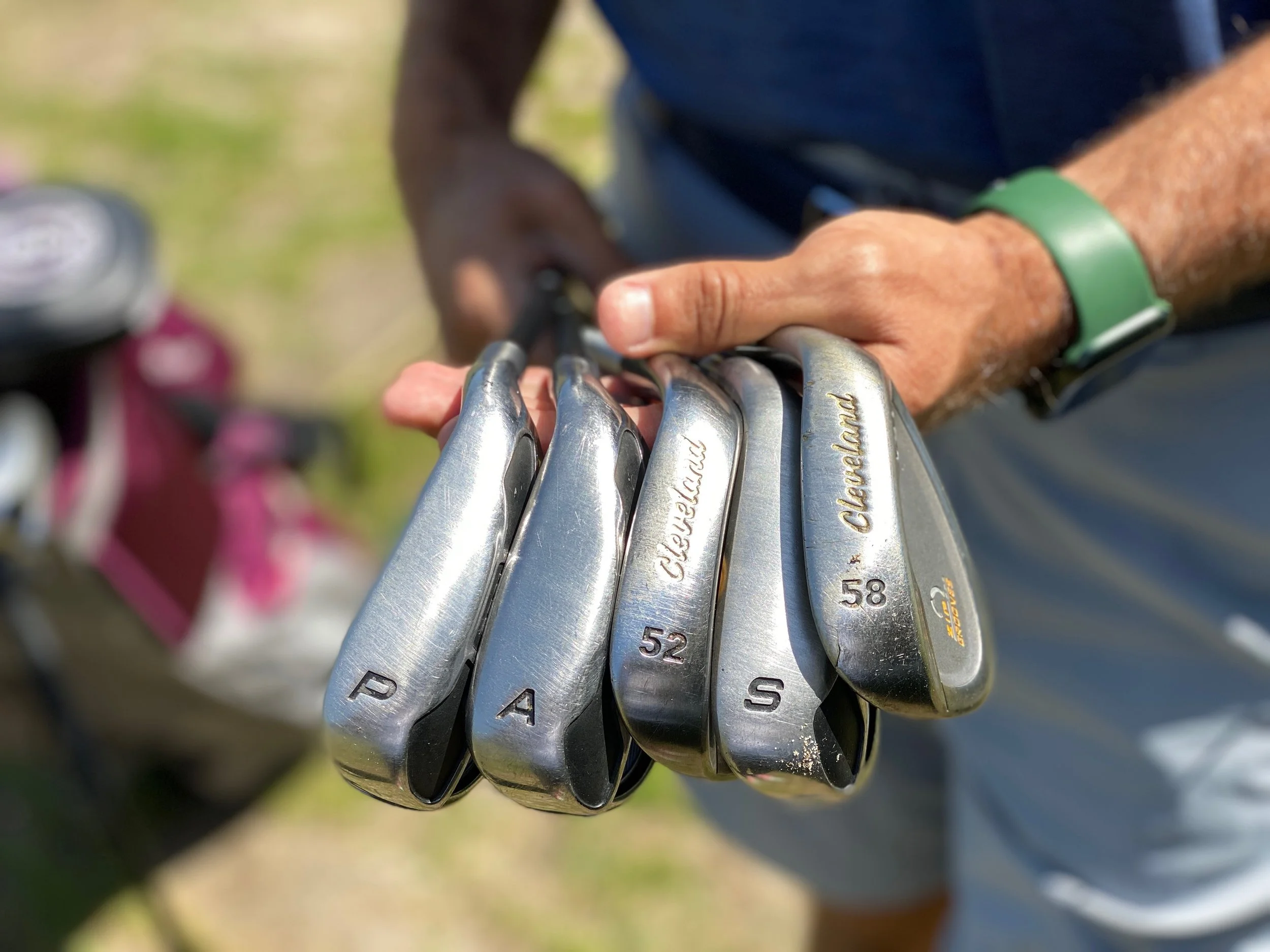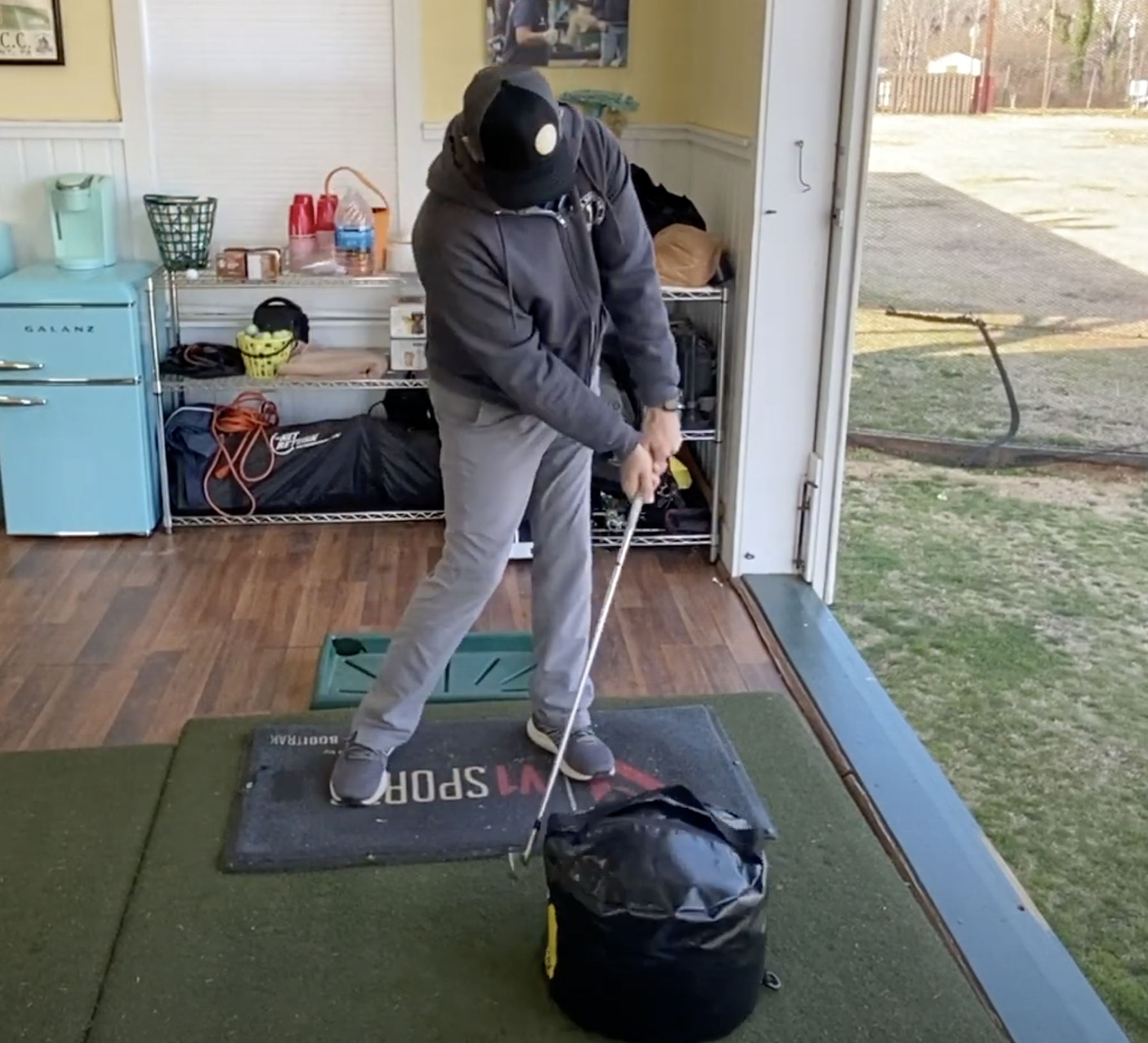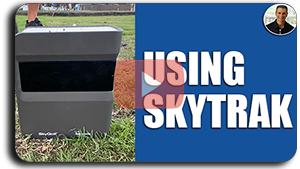The hybrid club is such an incredibly versatile club to have in your bag that we decided to break down three very different shots in which you can use your hybrid club.
Hybrid from the Tee
Tip #1 - You really have to practice the shot
We always see so many people working on their driver on the driving range. But when someone gets on the course and they see trouble left and right, this is absolutely NOT the time to try to figure out how to hit your hybrids. This takes practice and you really should spend a good bit of time practicing teeing off with your hybrid before you start to hit it on the course.
Tip #2 - Tee up the ball just a slight bit above the ground
You need to incentivize yourself to swing the club well and that means hitting it the way it was designed…from the fairway.
Tip #3 - Ball position should be a little bit more forward than a long iron but less than your driver
Tip #4 - Envision the ball flight you want to see as you go through your pre-shot routine
Hybrid from the Fairway
Tip #1 - Practice the shot on various lies
Tip #2 - Ball position is going to still be forward in your stance
Tip #3 - Swing within yourself. What does that mean? That just means that you really want to be conservative with the speed in which you swing the club. If you try to “overswing”, you run the risk of becoming too handsy with the club and topping the shot.
Chip with your Hybrid
Tip #1 - Practice Practice Practice this shot.
Tip #2 - Choke down on the club - you should grip the club almost down to the bottom of the grip, right above the graphite
Tip #3 - Ball position should be more center of your stance
Tip #4 - Putting stroke and knock it in the hole
Was there anything we missed? Any shots that you can think of that you want to know more about. Drop us a line, comment, or email your questions!




